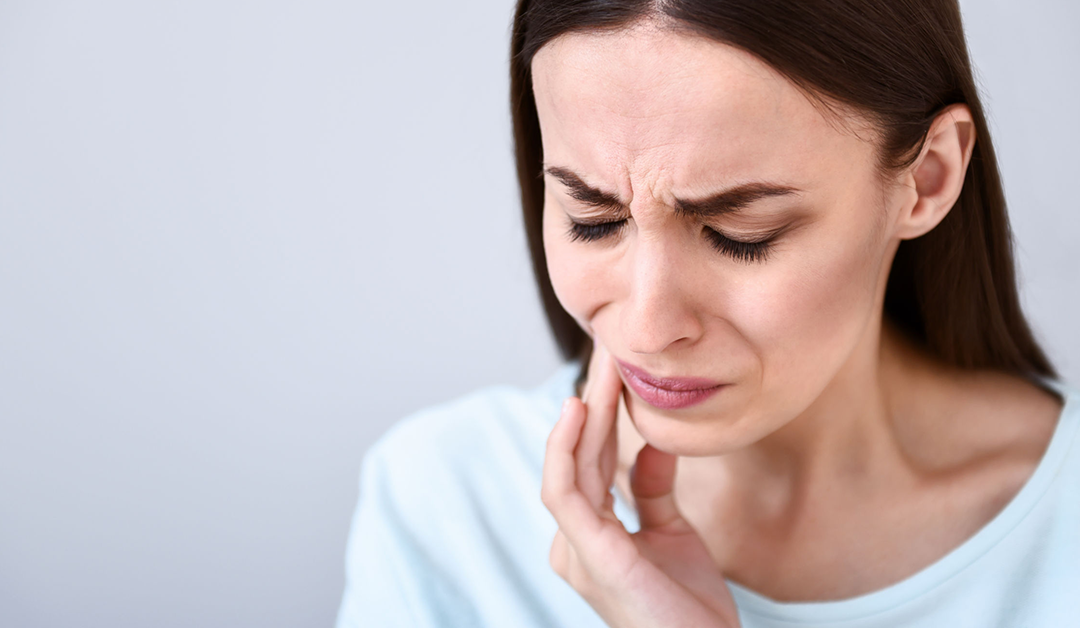What is TMJ?
The temporomandibular (tem-puh-roe-mun-DIB-u-lur) joint (TMJ) connects your jawbone to your skull, and you have one joint on each side of your jaw.
The reason that we see TMJ pain and dysfunction often correlated with neck pain, headaches and/or migraines is due to the interdependency between the skull and the bones, joints and muscles of the upper back and neck. In fact, as Physical Therapists, we consider this as one functional, intricately balanced unit.
The position of the jaw is largely dependent on the position of the head and the posture of the spine. With the prolonged daily postures that occur during computer work, desk work, driving and studying, the head tends to fall forward. This results in a posterior positioning of the lower jaw bone relative to the skull, compressing the tissues of the TMJ and causing pain. At the same time, this forward head posture also results in compression of the joints in the neck and will eventually lead to instability. All of this leads to pain, guarding and muscle spasm, often described by the patient as headaches or migraines.
“The first thing I train my team to do is a comprehensive evaluation to find out what causes the issue,” says Dr. Rick Douglas, PT, DPT. “ We then look at the head and jaw relationship, followed by a total body exam to see if the posture of the other parts is contributing to the TMJ pain.”
So how does physical therapy help? Dr. Douglas answers, “Techniques to fix this will generally be strategies that focus on head and neck positions relative to the jaw, improving posture, resolving abnormal muscle tone, pain and spasm.”
